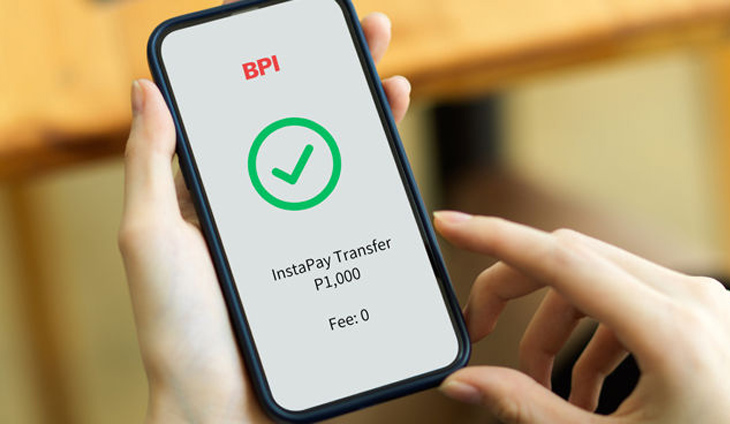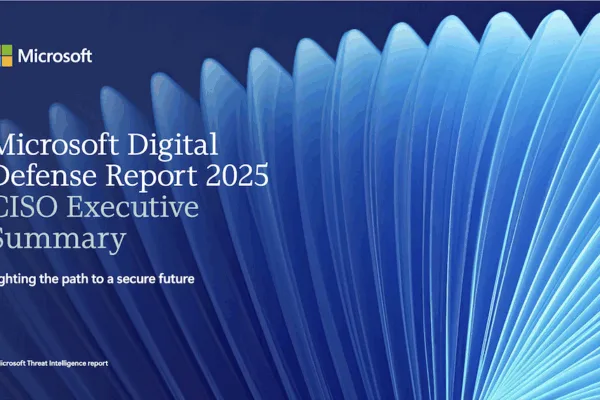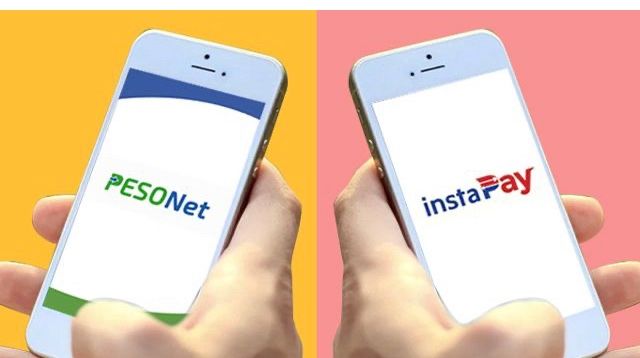by Leira Mananzan, Reporter
Tired of losing money to bank transfer fees? You’re not alone. While InstaPay fee BPI has already been lowered to ₱10 per transaction in 2025, those charges can still add up quickly if you move money often.
The good news is there are smart ways to cut costs — from choosing PESONet at the right time to taking advantage of digital bank promos. In this blog, we’ll provide you with an InstaPay and PESONet guide as well as offer a break down on when to use InstaPay, when to switch to PESONet, and how to hack your transfers at digital banks in PH so you can save more while banking smarter.

The InstaPay fee for BPI users in 2025 is now ₱10 per transaction, making it cheaper but still worth comparing with other transfer options like PESONet or digital banks.
If you’ve ever transferred money using BPI, you know how convenient InstaPay can be — funds move instantly, 24/7, to other banks and e-wallets. But by 2025, even with BPI’s reduced InstaPay fee of only ₱10 per transaction, many customers are still looking for ways to minimize costs, especially those who frequently make transfers.
This article will walk you through practical scenarios, fee-saving hacks, and smart alternatives, while comparing InstaPay to PESONet and exploring how digital banks in the Philippines can help you maximize value.
In short, you’ll learn when to use InstaPay, when to switch to PESONet, and how to creatively route transfers through promos, e-wallets, or high-interest accounts — all to save more of your money.
The updated BPI InstaPay fee in 2025
After years of charging ₱25 per InstaPay transaction, BPI permanently reduced the fee to ₱10 starting in June 2025.
According to BPI, this was in response to strong customer demand and the growing importance of digital transfers in everyday banking.
- InstaPay Fee BPI (2025): ₱10 per transaction
- Transfer limit: Up to ₱50,000 per transaction, multiple times daily
- Speed: Real-time, credited instantly to the receiving account
This move keeps BPI competitive compared to other traditional banks, some of which still charge ₱15–₱25 per InstaPay transaction. But while ₱10 may seem small, frequent transfers can still add up—₱10 x 30 transfers a month = ₱300, or ₱3,600 a year. That’s why it makes sense to explore alternatives.
InstaPay vs PESONet guide: Which is better in 2025?
Before diving into hacks, let’s compare the two systems most Filipinos rely on for interbank transfers:

| Feature | InstaPay | PESONet |
| Speed | Real-time (instant credit) | End of day or next business day |
| Fee (BPI) | ₱10 per transaction | ₱50 per transaction |
| Best For | Small or urgent transfers | Larger, scheduled transfers |
| Limit | ₱50,000 per transaction | No fixed max, varies by bank |
Key takeaway: Use InstaPay for quick, smaller amounts; use PESONet for larger, planned transactions. This mix is often the cheapest and most efficient approach.
Scenarios: When to use InstaPay vs. PESONet
Let’s look at practical examples BPI users face every day:
- Paying a freelancer ₱2,000 for a project
- Best method: InstaPay (₱10 fee). PESONet’s ₱50 fee would eat up too much.
- Sending ₱200,000 to a business supplier
- Best method: PESONet. One transfer at ₱50 is far cheaper than four InstaPay transfers at ₱10 each.
- Splitting rent with roommates, ₱8,000 each
- Best method: InstaPay, since it’s urgent and amounts are under ₱50k.
- Paying school tuition of ₱120,000
- Best method: PESONet, scheduled ahead of the due date.
These cases show that choosing between InstaPay and PESONet can save you hundreds per month if you match the method to the situation.
Hacks to save more on BPI transfers
Even with the reduced ₱10 InstaPay fee, there are smarter ways to minimize or even eliminate costs. Here are some tested strategies:

1. Leverage fee-free promos
BPI occasionally runs promos where InstaPay or PESONet fees are waived, especially during peak digital adoption campaigns. Always check the BPI app notifications for ongoing offers.
2. Link to e-wallets
If you’re transferring to GCash or Maya, consider linking directly to your BPI account. Many times, e-wallets absorb the transfer cost, making it free. This is especially useful if the recipient already prefers to receive money via e-wallet.
3. Use scheduled PESONet for big amounts
Plan large payments (tuition, supplier bills, investments) a day or two ahead and use PESONet. Yes, it’s ₱50, but that’s much cheaper than splitting amounts into multiple InstaPay transfers.
4. Combine with digital banks in PH
Here’s where Digital Banks in PH like Maya, Tonik, and UnionDigital come in. Some offer zero-fee transfers via InstaPay or PESONet for certain accounts or within promotional caps. You can route money through them strategically:
- Transfer once from BPI (₱10) to Maya, then send multiple free transfers from Maya to other banks.
- Park funds in digital banks’ Top Savings Accounts 2025 options, where you can also earn higher interest (up to 6% p.a.) while minimizing fees.
5. Take advantage of QR payments
For merchants and utilities, check if they accept QR Ph payments. Scanning and paying directly can sometimes bypass transfer fees entirely.
Comparing with digital banks in PH
Digital Banks in PH are not just about high interest—they’re also reshaping how Filipinos move money.
- Maya Digital Bank often offers free InstaPay transfers within promo periods, plus savings rates up to 6%.
- Tonik Bank provides 4–6% interest and usually free transfers between accounts.
- UnionDigital Bank has low-cost transfers and competitive savings interest rates.
When you combine fee-saving strategies with these high-yield accounts, you’re not only avoiding transfer fees — you’re also earning more compared to leaving cash in traditional banks.
This is why many guides, including the Top Savings Accounts 2025 lists, recommend blending traditional banks like BPI with digital banks for an optimized setup.
Why InstaPay still matters
Despite the rise of alternatives, InstaPay remains essential because of its:
- Speed: For emergencies or urgent bills, nothing beats instant credit.
- Coverage: Over 50 banks and e-wallets in the Philippines support InstaPay.
- Reliability: Transactions succeed even outside banking hours and holidays.
Even with a ₱10 fee, the value of instant transfers often outweighs the cost — provided you use it strategically alongside PESONet and digital banking hacks.
Smarter transfers in 2025
The updated InstaPay fee BPI of ₱10 is a big improvement from the old ₱25, but fees can still add up if you transfer often. The key to saving is knowing when to use InstaPay, when to switch to PESONet, and when to take advantage of digital bank features or promos.
To recap:
- Use InstaPay for quick, small transfers under ₱50,000.
- Use PESONet for larger, scheduled amounts.
- Link to e-wallets or digital banks in the Philippines to enjoy free transfers.
- Explore our Top Savings Accounts 2025 list to maximize your money’s growth while saving on fees.
By balancing convenience with cost, you’ll make the most of BPI’s digital tools in 2025 — keeping more of your money in your pocket while still moving funds with ease.








